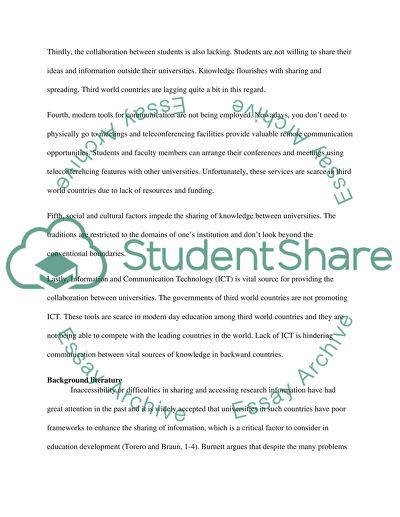Cite this document
(“Research proposal: Communication Barriers between universities Essay”, n.d.)
Research proposal: Communication Barriers between universities Essay. Retrieved from https://studentshare.org/information-technology/1498140-research-proposal-communication-barriers-between
Research proposal: Communication Barriers between universities Essay. Retrieved from https://studentshare.org/information-technology/1498140-research-proposal-communication-barriers-between
(Research Proposal: Communication Barriers Between Universities Essay)
Research Proposal: Communication Barriers Between Universities Essay. https://studentshare.org/information-technology/1498140-research-proposal-communication-barriers-between.
Research Proposal: Communication Barriers Between Universities Essay. https://studentshare.org/information-technology/1498140-research-proposal-communication-barriers-between.
“Research Proposal: Communication Barriers Between Universities Essay”, n.d. https://studentshare.org/information-technology/1498140-research-proposal-communication-barriers-between.


